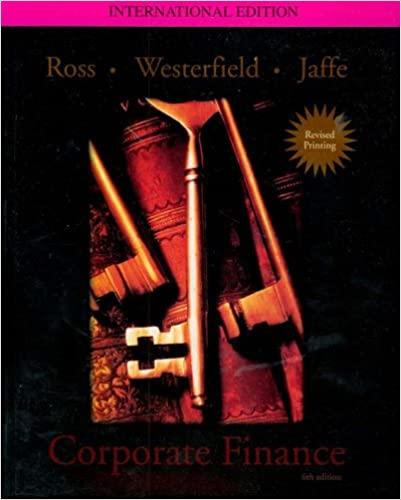7.22 After extensive medical and marketing research, Pill, Inc., believes it can penetrate the pain reliever market.
Question:
7.22 After extensive medical and marketing research, Pill, Inc., believes it can penetrate the pain reliever market. It can follow one of two strategies. The first is to manufacture a medication aimed at relieving headache pain. The second strategy is to make a pill designed to relieve headache and arthritis pain. Both products would be introduced at a price of $4 per package in real terms. The broader remedy would probably sell 10 million packages a year. This is twice the sales rate for the headache-only medication. Cash costs of production in the first year are expected to be $1.50 per package in real terms for the headache-only brand.
Production costs are expected to be $1.70 in real terms for the more general pill. All prices and costs are expected to rise at the general inflation rate of 5 percent.
Either strategy would require further investment in plant. The headache-only pill could be produced using equipment that would cost $10.2 million, last three years, and have no resale value. The machinery required to produce the broader remedy would cost $12 million and last three years. At this time the firm would be able to sell it for $1 million (in real terms). The production machinery would need to be replaced every three years, at constant real costs.
Suppose that for both projects the firm will use straight-line depreciation. The firm faces a corporate tax rate of 34 percent. The firm believes the appropriate real discount rate is 13 percent. Capital gains are taxed at the ordinary corporate tax rate of 34 percent.
Which pain reliever should the firm produce?
Step by Step Answer:

Corporate Finance
ISBN: 9780071229036
6th International Edition
Authors: Stephen Ross, Randolph Westerfield, Jeffrey Jaffe





